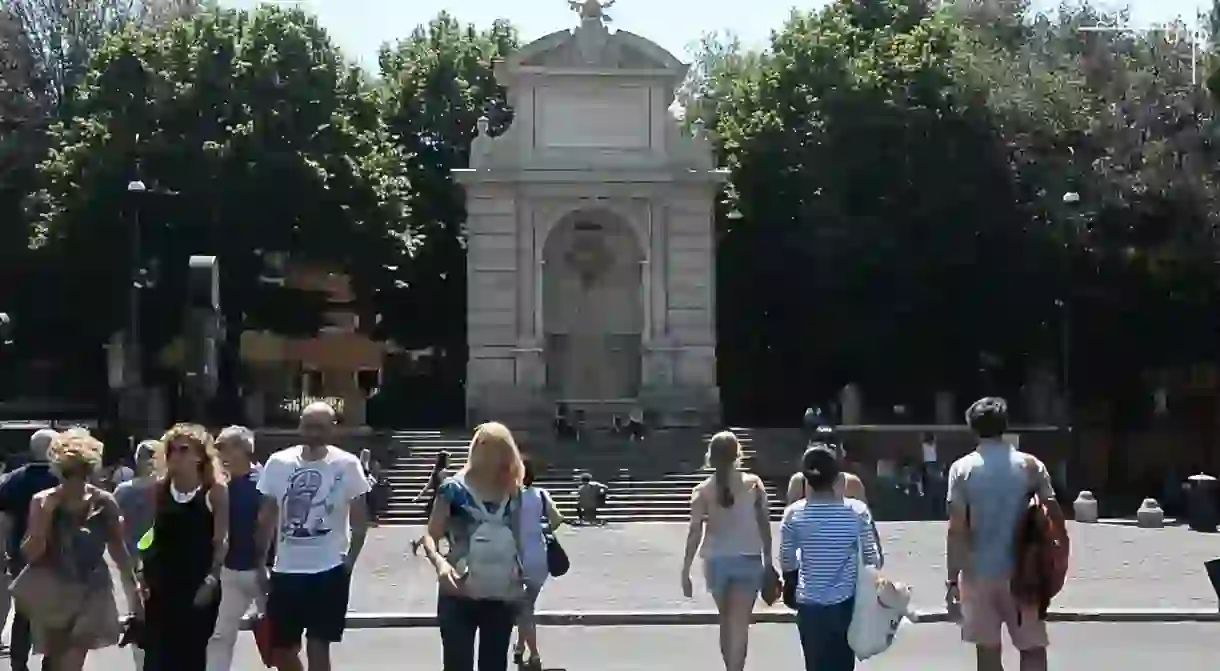A History of Trastevere Santa Maria, Rome in 60 Seconds

The Basilica of Santa Maria in Trastevere, sometimes known as the Basilica of Our Lady, is said to be the oldest church dedicated to the Virgin Mary in Rome. Established in the 3rd century AD, the church was revamped in the 12th century with the addition of a Romanesque bell tower and a façade bedecked with elaborate mosaics.
As the name suggests, Santa Maria in Trastevere is situated in the heart of the lively Trastevere district and is a focal point of the piazza of the same name. The church is said to be built on the spot where a stream of oil miraculously flowed from the ground, reaching all the way to the Tiber river. A column to the right of the altar with the inscription ‘FONS OLEI’ marks the spot of what believers think was a foretelling of Christ’s birth.
While the site has been a place of worship since the 3rd century, the church was entirely rebuilt between 1140-43. Under the orders of Pope Innocent II 22 granite columns were taken from the Baths of Caracalla and used to line the nave of the new church. The addition of a Romanesque campanile extended the site further.
Shortly after the rebuild, Pietro Cavallini, a noted but elusive Roman painter and mosaic artist, created a number of important works including six mosaic panels known as the Life of the Virgin (1291). Be sure to look out for the panel depicting the three wise men bringing gifts to Jesus – the church and its miraculous spring of oil are hidden in the background. The panels form part of the ornate apse of the church, encrusted with thousands of tiny jewel-like mosaic tiles.
The grandiose octagonal ceiling was added in the 17th century, while Swiss architect Carlo Fontana – responsible for numerous works across Rome and a regular employee of Bernini – restored the façade and added the portico entrance, cementing the church’s present-day structure.













